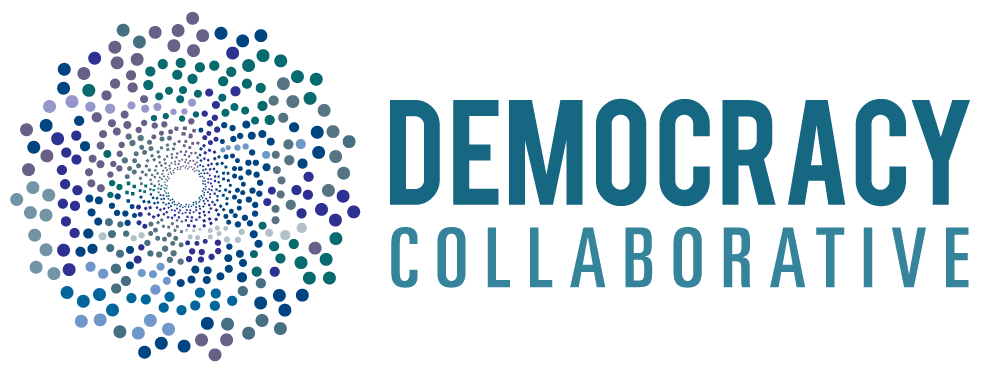Community wealth building: The path towards a democratic and reparative political economic system
co-author: Thomas Hanna
After a year of chaos and turmoil related to the COVID-19 pandemic and its social, economic, and political effects, we find ourselves faced with the question of what comes next. Down one path lies the notion of returning to business as usual, which in truth is a dangerous and impossible fantasy. Further shocks are inevitably coming, and an economic system bent on profit maximization, “free markets,” and endless economic growth cannot cope with them. Indeed, such a system is unlikely to survive them.
There is another path, one that leads to a political economic system that might enable us all to live well and to do so within planetary boundaries. In embryo, this alternative already exists. It is being tested and proven in the many innovative models of the “social economy,” the “solidarity economy,” or what we term the “democratic and reparative economy.”
It is time to recognize these models as the seedbed of the future, the next system our world now urgently requires. How we get to this next system begins at the local level through “community wealth building” (CWB), a term that was first coined by The Democracy Collaborative in the mid-2000s. It refers to a bottom-up approach to community economic development that works to produce broadly shared economic prosperity, racial equity, and ecological sustainability through the reconfiguration of institutions and local economies on the basis of greater democratic ownership, participation, and control.
CWB is more than just a new approach to economic development, poverty alleviation, or individual wealth accumulation; it goes far beyond isolated projects and institutions; and it should not be confused with “community building.” It is a full-system approach that focuses on developing alternative economic institutions, approaches, and relationships and connecting them to each other; creating interventions at various scales throughout the system; and making a conscious effort to reset social relations, build a new politics, and construct a counter-hegemony based on moving beyond corporate capitalism.
In this paper, we review and analyze the history and practice of CWB, including its origins in the tumult of the 1960s and ‘70s, how it has evolved over time, and how it has spread from the US to the rest of the world. We present some of its institutions and approaches—such as worker-owned companies, community land trusts, community development financial institutions, and public ownership—and review their development and how they deliver superior results for workers and communities. We also discuss the opportunity and challenge of contesting for state resources and support and how, while this is critical to CWB, efforts must be made to embed community control and participation and guard against cooptation and codependence. Lastly, we discuss how CWB can lead to broader system change by presenting and analyzing Gar Alperovitz’s concept of “evolutionary reconstruction,” Erik Olin Wright’s “logics of transformation”, and André Gorz’s “non-reformist reforms” as the basis for a coherent theory of change.

